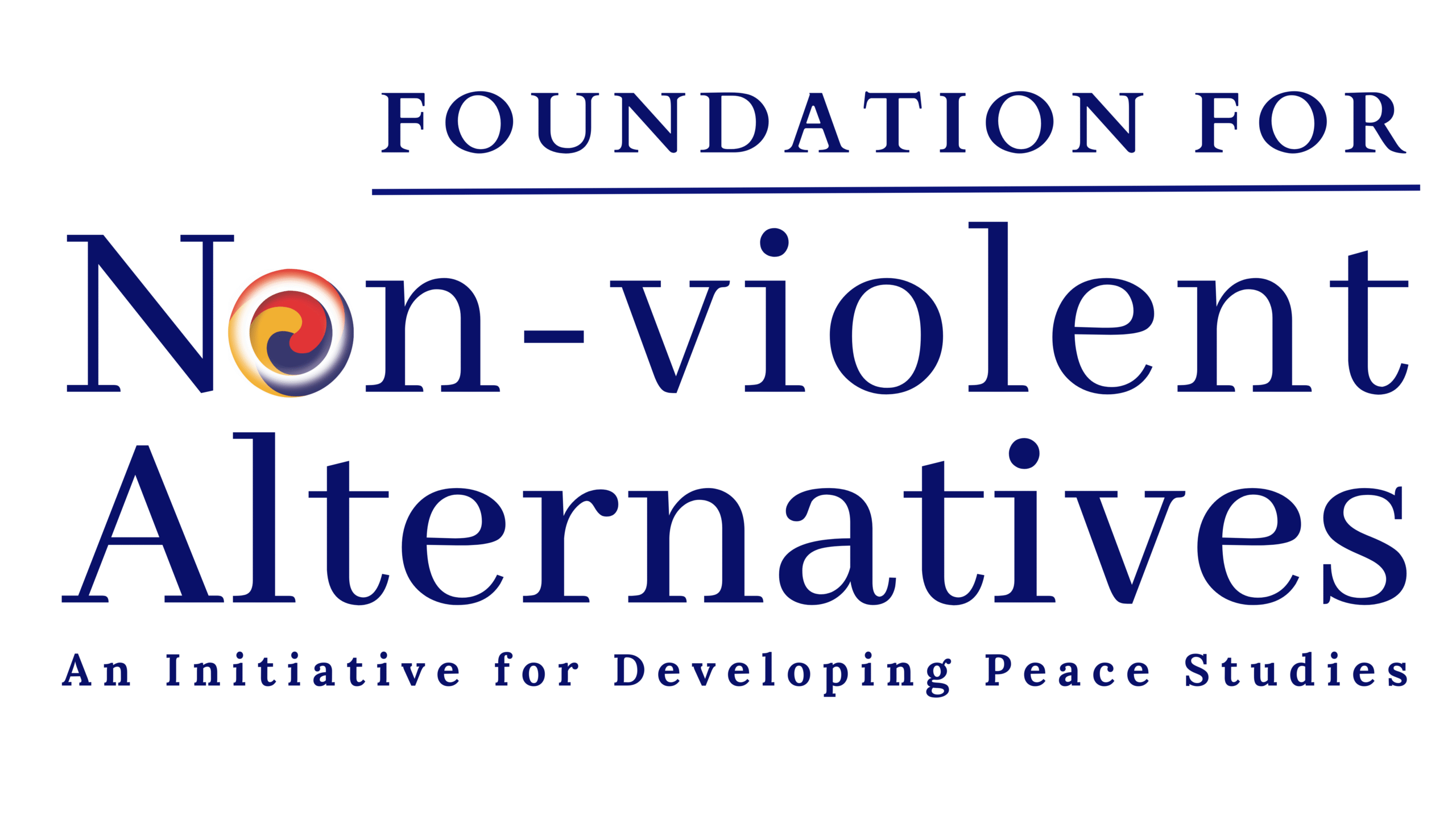Forbes.com
Gordon Chang
November 29, 2015
Are you going to Le Bourget?
There, 147 heads of state or government will participate in COP21, the United Nations Conference on Climate Change, which starts this week. By its close, now scheduled for Friday, December 11, global leaders expect 195 countries will arrive at an agreement to prevent the planet from warming more than 2 degrees Celsius above pre-industrial levels.
“The stars are more aligned right now to reach agreement than I have ever seen them—than I have ever seen happen before,” says Todd Stern, the U.S.’s lead climate negotiator. “We have a real opportunity.” U.N. Secretary-General Ban Ki-moon calls our time “this historic moment.”
The world has come a long way since 1992. Then, the Rio Earth Summit gave birth to the U.N. Framework Convention on Climate Change. Since then, there have been climate summits every year since 1995. Le Bourget, outside Paris, is the site of the 21st Conference of Parties to the UNFCCC, hence COP21.
The 1997 conference produced the failed Kyoto Protocol, a legally binding agreement that applied only to developed nations during the 2008-2012 period. Copenhagen in 2009 was the last conference where there was hope of a global deal.
COP15 ended in a disaster, however, as the Chinese delegation in the Danish capital snubbed U.S. President Barack Obama and was largely responsible for scuppering an international agreement.
This time, Beijing comes into the Paris suburb with a desire to reach what its chief climate negotiator, Xie Zhenhua, this month called “a powerful, ambitious, and legally binding deal.”
Obama, worried about ratification in the Senate, wants a less formal arrangement, but on other aspects the world’s largest emitter, China, and its second-largest, the U.S., seem to be on the same page. The American leader set the stage for this consensus with his November 2014 meeting in Beijing with Chinese President Xi Jinping. Then, China announced its commitment to cap emissions by “around 2030.”
That commitment became part of Beijing’s Intended Nationally Determined Contribution, an emissions plan in non-climate speak. So far, more than 166 countries, which produce more than 90% of the world’s emissions, have submitted INDCs to the U.N. If implemented, these plans will result in a 2.7-degree warming by the end of this century. The goal of COP21, therefore, is to narrow the gap by 0.7 degrees.
There could have been a deal at Rio but for disagreements about CBDRs. The term “common but differentiated responsibilities,” adopted in 1992 at Rio, is code for developed nations shouldering greater responsibilities for ending warming. The general acceptance of the concept of CBDR is why the Kyoto Protocol put burdens only on affluent nations.
China, for the first time, has announced that developing nations also have climate “responsibilities.” That step, made a year ago, is a major one.
Everyone says China’s leaders realize they need to clean the air because of pressure from angry citizens, and that appears to be true. Yet the Communist Party has resisted a decade of pressure from below on this issue. What’s different now is that Beijing undoubtedly realizes that its carbon emissions are going to fall anyway.
Last year, the country’s CO2 emissions grew by about 1%. This year, Bloomberg New Energy Finance estimates they will rise only 0.24%, the lowest increase in 15 years.
And China may emit even less carbon than that estimate, which is based on Chinese government coal data, company reports and statistics on port inventories. According to the China National Coal Association, the country’s coal production in first 10 months of this year fell 3.6% and coal consumption was down 4.7%.
China’s emissions, in short, could peak this year.
And Beijing probably is thinking that an emissions cap will help China in another crucial area, its multi-decade competition with India. The Indian economy in reality is growing faster than China’s, and what better way for Beijing to slow India’s rise than to limit its CO2 emissions?
The fate of a climate deal, therefore, may well center on the attitude of the world’s third-largest emitter. No. 3 in the world will be represented by Prime Minister Narendra Modi, who will be on site in France with Obama and Xi.

